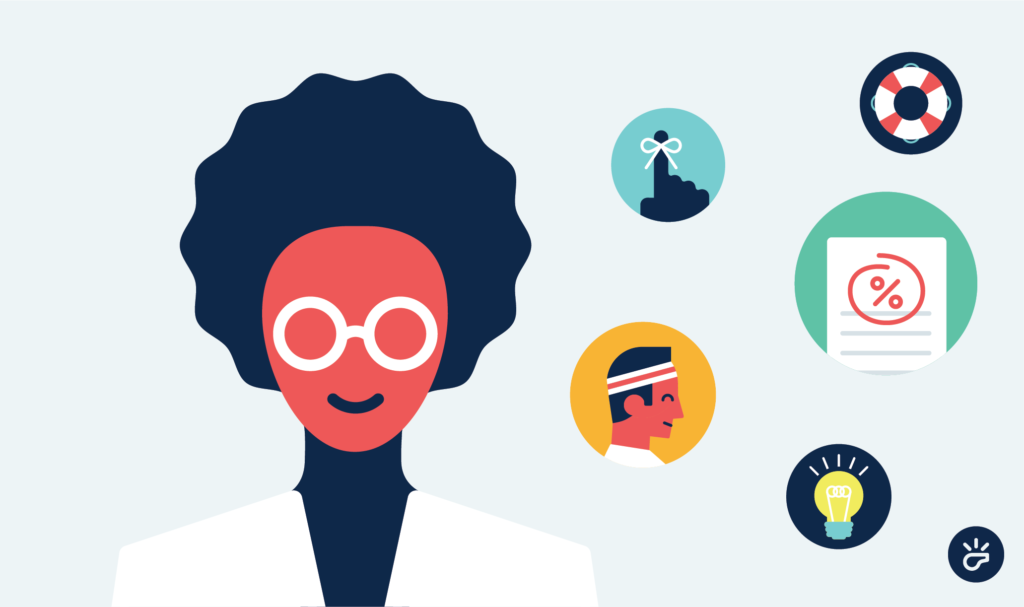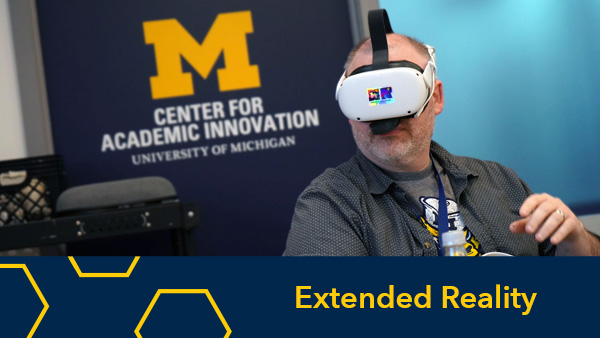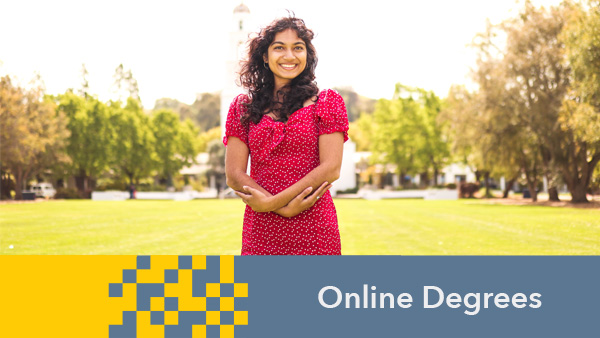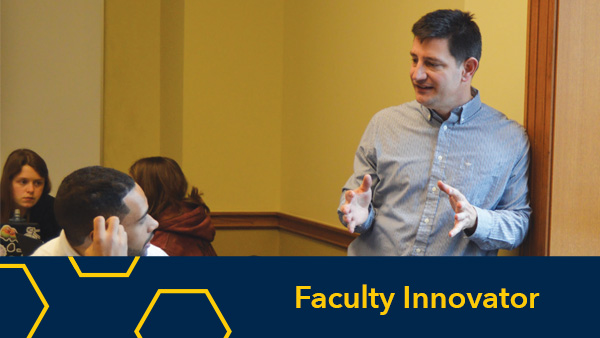Laurel Thomas, Michigan News
They were supposed to transform learning at the university — 128 projects that received a share of $25 million to develop innovative, multidisciplinary teaching and learning projects.
Now, more than 10 years since the Third Century Initiative was announced, a look at a handful of the well-funded projects shows most have achieved what they set out to do and then some.
The goal of the initiative was to define teaching and learning for the university’s next century that began in 2017.
Since the 2011 announcement of the Transforming Learning for the Third Century grant availability, most of the dozen large-money Transformation projects, and a substantial number of 121 courses and programs that got smaller Quick Win or Discovery grants, appear to have done just what was envisioned: Stimulate creative thinking among students and faculty, and develop programs to offer immersive learning experiences in and out of the classroom.
“The original vision was not only to develop courses that would expose students to unique ways of learning, but would address topics such as climate change, poverty and malnutrition, affordable health care and social justice issues through teaching, research and service efforts,” said Valeria Bertacco, vice provost for engaged learning.
“Our students have gained valuable real-world skills as they tackled some of these challenges, hand-in-hand with communities across the globe.”
Here’s an update on some of the projects that received Transformation grants that ranged from $100,000 to $3 million.

Tech tools to support teaching
Personalizing at Scale

ECoach was created by Timothy McKay, Arthur F. Thurnau Professor and professor of physics, astronomy and education, to personalize education for the 900 students in his physics courses. It now supports more than 60% of undergraduates on the U-M campus.
It also has been adopted by the Sweetland Writing Center to coach doctoral candidates on writing dissertations and the Michigan College Advising Corps to guide learners in pre-college preparation and selection. Five other universities are using it as well.
The coaching tool offers personal, timely guidance and feedback to students to keep them from getting lost in large courses and to help keep those interested in STEM careers (science, technology, engineering and math) from changing direction out of fear of failure.
McKay — whose Personalizing at Scale project received a $1.4 million Transformation grant and additional funding of $1.9 million from the National Science Foundation — credits the success of ECoach to the initial financial support and the development of the tool under what is now the Center for Academic Innovation.
“That development of capacity on campus was really important and led to the development of a number of tools which are impacting students, including Atlas, Problem Roulette, Tandem, Viewpoint, and more,” McKay said.
Building a Community of Engaged Learners and Teachers Supported by GradeCraft

Another Third Century-funded project that was expanded under the center was GradeCraft, a learning-management system that helps instructors build gameful teaching into their courses and encourages students to approach learning with the same creativity they bring to video game playing.
Barry Fishman, Arthur F. Thurnau Professor and professor of education, information, and in the Digital Studies Institute, and Caitlin Hayward, then a doctoral student and now associate director of R&D at the Center for Academic Innovation, created Gradecraft for Fishman’s courses in 2014.
The program now serves hundreds of K-12 and higher education institutions around the world. In addition to a number of courses at U-M, it is used in the Undergraduate Research Opportunities Program in Ann Arbor and the Talent Gateway at Dearborn.
The project received a $1.89 million Transformation grant in 2015. Since then, it has been a core tool for language instruction at the university and it is the technical foundation for emerging competency-based learning efforts underway in engineering, medicine and business.
“We have a broad and diverse array of projects each with its own exciting successes, but the capacity that DIG (Digital Innovation Greenhouse) created for the university around software development, behavioral science and user experience has allowed Michigan to develop solutions across a wide array of priorities and opportunity spaces,” said Ben Hayward, lead application architect and director of software development and user experience design at the Center for Academic Innovation.
Altogether, the tools managed by the center — which also include Lettersmith and Gamut — have resulted in licensing for use by 230 higher education and K-12 groups.
Community-based programs
Reimagining Legal Education: Early Experimental Learning and Community Engagement in Legal Education
This one-of-a-kind program in law education integrates the more traditional study of legal principles with live client work for students in their first year of law school. Beginning in 2015, the school began to provide students with experiences in immigration, landlord-tenant and workers’ rights (unemployment) law.
With its $1.57 million grant, the school reformed the curriculum and hired new clinical faculty to assist the handful of founding faculty members. Students learn principles of practice in their first-year fall semester and begin client work in the winter under the supervision of experienced attorneys.
“They came to school to practice law. The morale picks up when they know the client work is coming,” said Nancy Vettorello, clinical law professor. “It did exactly what we wanted it to do. Students became much more invested in this class knowing they were going to represent a client. It made everything a little bit sharper, it made them focus just a little bit more.”
Michigan Engaging Community Through the Classroom
This project that received a$938,000 grant embodies many of the aims for the initiative — it is a multidisciplinary, experiential program that engages students in civic improvement projects, in partnership with communities.
A client need is identified and those leading the program try to tap into existing U-M courses to take on the work, providing undergraduate and graduate students from urban planning, public policy, public health, law, engineering, environmental management, social work, information science, business and natural resources with a range of opportunities to solve complex problems.
Eighteen U-M college units, Wayne State University and Oakland University have collaborated with numerous community agencies and nongovernmental organizations.
Affordable housing, neighborhood development and its environmental impact, refugee resettlement, lakeshore erosion, expanding broadband in rural communities and historic preservation are among the projects that have engaged students in work in northern, central and southeast Michigan.
“The program provides an excellent experience for our students and a value to our partners,” said MECC program manager Paul Fontaine. “The students are so passionate, doing extra work and participating in those dreaded team efforts. One of the things MECC teaches them is that this kind of work is a team effort. A true leader is able to motivate the other members.”
Citizen Interaction Design
This School of Information-led project began in 2013 with a partnership in Jackson, Michigan. Since then, the multidisciplinary program has expanded into Detroit, Ann Arbor, Ferndale, Grand Rapids, Lansing and Traverse City, and worked with the Michigan Department of State and the cities of Gainesville and Fort Myers, Florida.
The focus was to develop a program that would provide sustainable technology solutions to foster citizen engagement. The project started with a Third Century Quick Wins/Discovery grant and then received Transformation funding of $378,000 in 2015. It also received grants from the National Science Foundation and the Institute for Museum and Library Sciences.
At the time, founding faculty member Cliff Lampe, professor of information, said often one of the problems with student projects in communities is the lack of continuity. Students work on an issue but because of the constraints of the academic calendar, leave unfinished work. So, he developed a model that would make sure projects were carried to completion, with a deliverable to the community partners.
“A single class developed into multiple courses and co-curricular programs, which have generated more than 100 student projects with government and nonprofit partners,” said Scott Tenbrink, program manager and adjunct lecturer.
A recent project involved students helping city and township clerks automate some of the responses to mail-in ballots during the last presidential primary and election. Other efforts include creating resources for neighborhood revitalization, an open data source, an anonymous text option to police, an information campaign for a downtown construction project, and an app for seniors and others to request snow removal services, to name a few.
Deep Monitoring Chronic Disease in Underserved & Remote Populations Project
The Deep Monitoring project sought to explore the use of sensor technology to monitor chronic disease across the miles, bringing health care to remote locations. In addition to the $1.4 million Third Century grant, David Burke and team received additional external funding from the Silicon Valley Community Foundation, CISCO Corp.
Perhaps more than any other project, the most recent Deep Monitoring innovations have been impacted by COVID-19.
The CISCO support has funded the design, building and implementation of a health monitoring system now in place at University Health Service, said Burke, professor of human genetics. COVID-19 restrictions at UHS have limited its intended use but the team is working now to adapt the system to the health center’s post-COVID requirements, he said.
Early in the project, Burke and a multidisciplinary team customized a shipping container to transform it into a portable eye clinic to serve residents of Jamaica. Burke said a new container is ready to go but has been stalled due to the pandemic.
His team also has developed a simple, low cost, noninvasive system to monitor neurological health, in collaboration with Kellogg Eye Center. They are finishing software on the system, will check to make sure it is safe and effective, and then deploy it in remote and underserved clinical locations.


